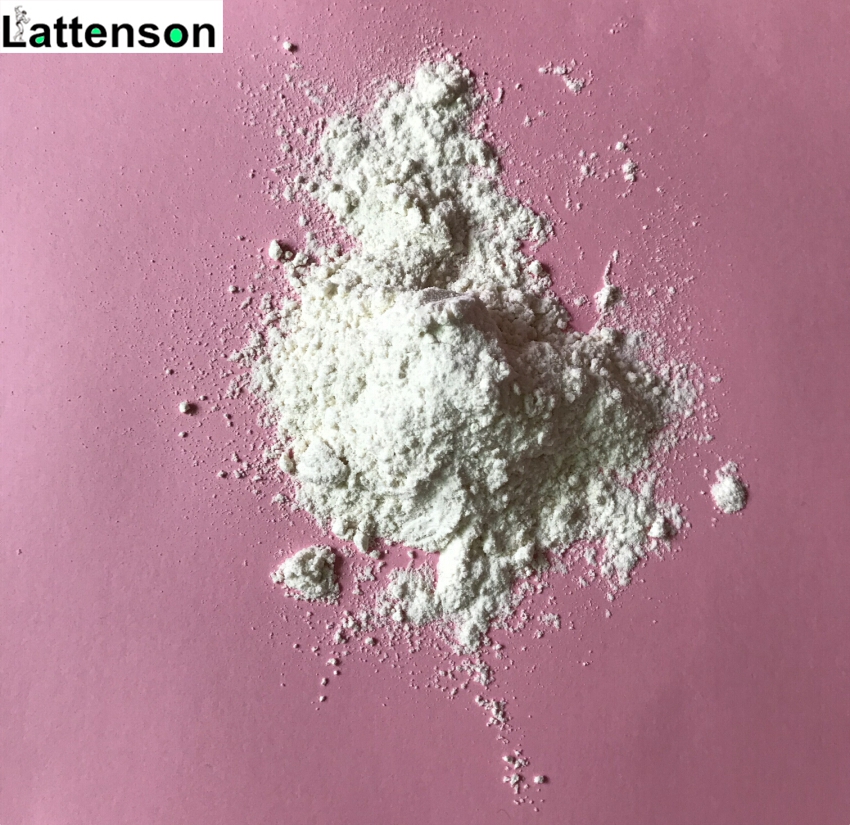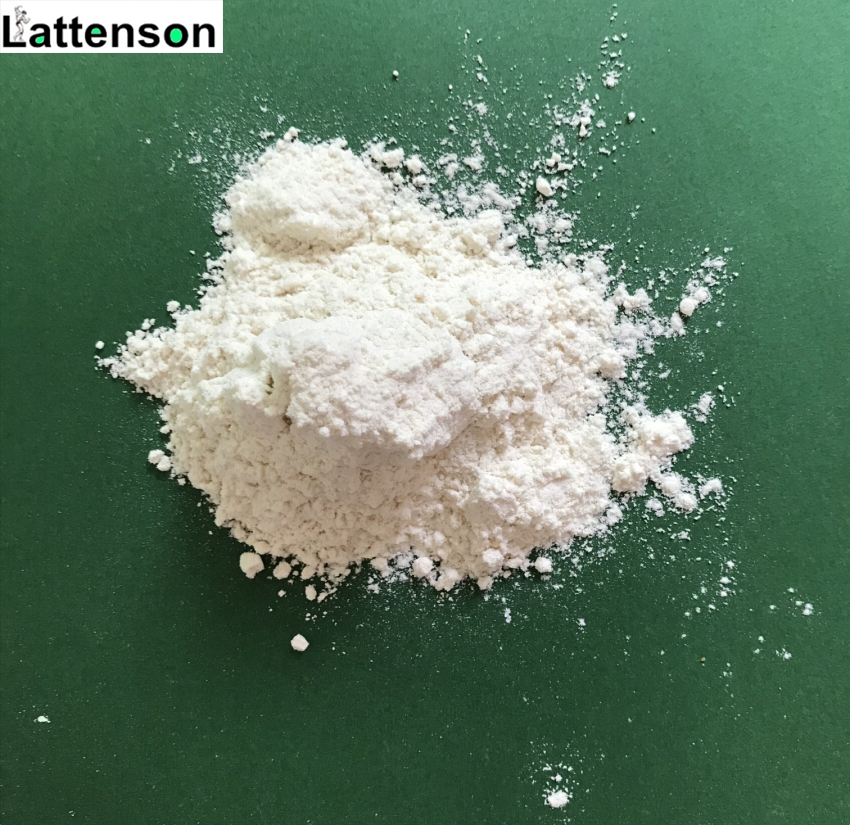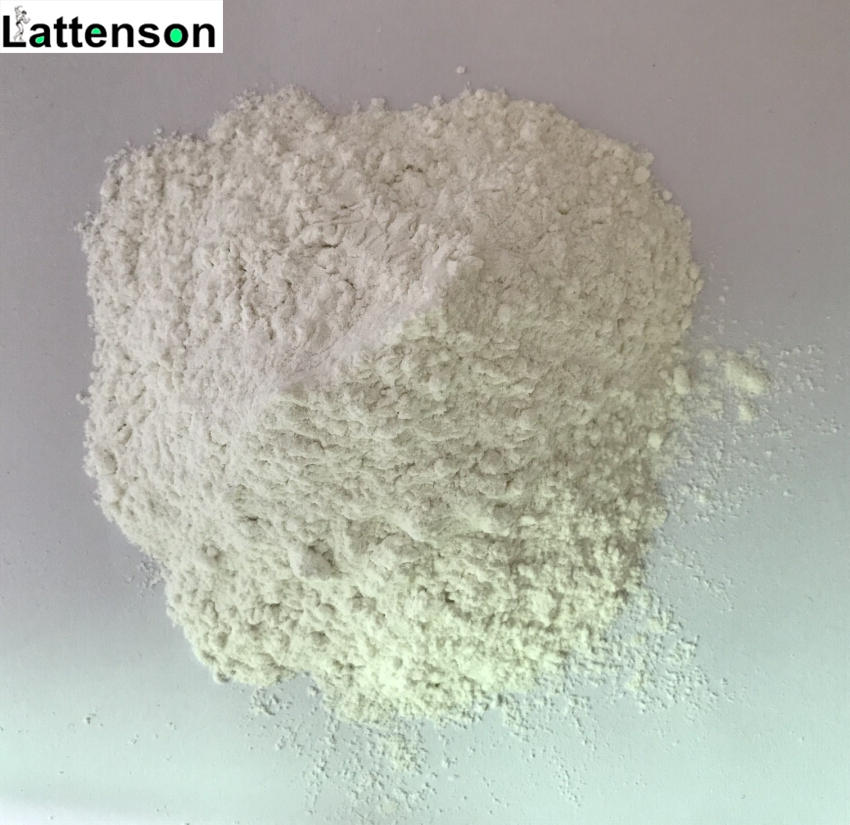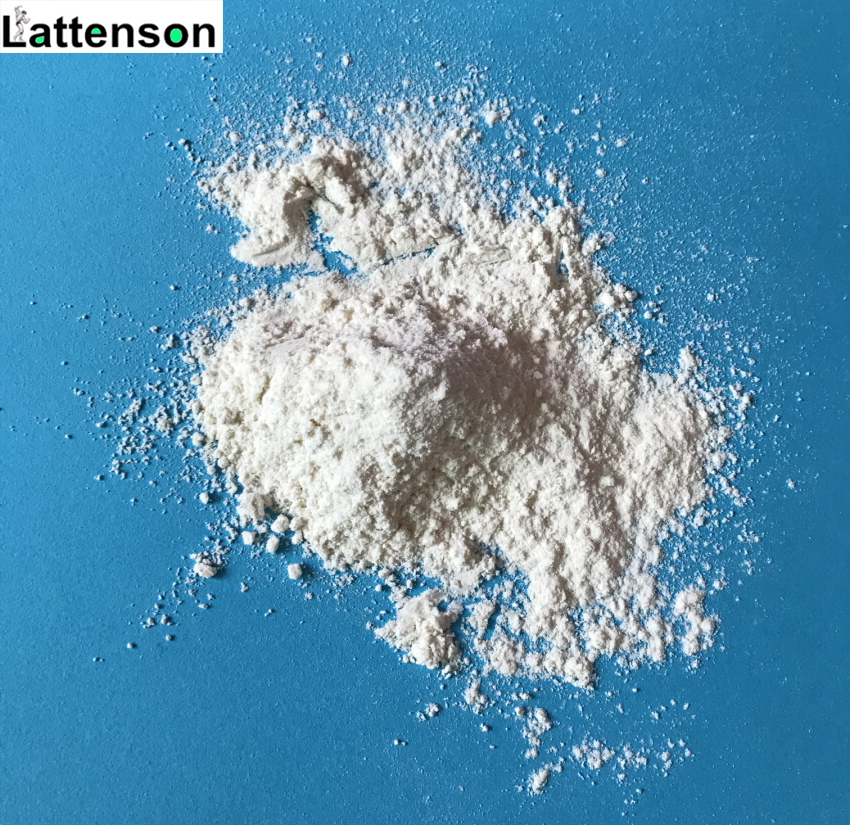Lidocain CAS 137-58-6 Bodybuilding Health Care Rohes Steroidpulver Lidocain Base
Lidocain
FALL:137-58-6
MF:C14H22N2O
MW:234.34
EINECS:205-302-8
Synonyme:2-(Diethylamino)-2′,6′-acetoxylidide;2-(diethylamino)-2’,6’-acetoxylidide ;2-(diethylamino)-n-(2,6-dimethylphenyl)-acetamid ;2′,6′-Acetoxylidide, 2-(diethylamino)-;6’-acetoxylidide,2-(diethylamino)-2 ;Acetamide, 2-(diethylamino)-N-(2,6-dimethylphenyl)-;Acetamide,2-(diethylamino)-N-(2,6-dimethylphenyl)- ;a-Diethylamino-2,6-acetoxylidide
Eigenschaften
Schmelzpunkt:66-69° C.
Siedepunkt:bp4 180-182°; bp2 159-160°
Flammpunkt:9℃
Lagertemperatur. Bei RT lagern
Löslichkeit Ethanol: 4 mg / ml
Pulver formen
color White to slightly yellow
Water Solubility practically insoluble
Merk 14,5482
Stabilität:Stabil. Unverträglich mit starken Oxidationsmitteln.
Abstrakt
Lidocaine is a common local anesthetic and class-1b antiarrhythmic drug. Lidocain wird topisch zur Linderung von Juckreiz angewendet, Verbrennung, und Schmerzen durch Hautentzündungen, als Zahnanästhetikum injiziert, or used as a local anesthetic for minor surgery. It replaces procaine,being widely used in plastic and cosmetic operation in local infiltration anesthesia, the sodium channel inhibition of the nerve cell membrane to block nerve excitability and conduction.
Es steht auf der Liste der unentbehrlichen Arzneimittel der Weltgesundheitsorganisation, a list of the most important medications needed in a basic healthcare system
Anwendungen
The efficacy profile of lidocaine as a local anesthetic is characterized by a rapid onset of action and intermediate duration of efficacy.Therefore,Lidocain ist zur Infiltration geeignet,Block,and surface anesthesia.Longer-acting substances such as bupivacaine are sometimes given preference for subdural and epidural anesthesias;Lidocain,obwohl,hat den Vorteil eines schnellen Wirkungseintritts.
Epinephrine vasoconstricts arteries,reducing bleeding and also delays the resorption of lidocaine,almost doubling the duration of anaesthesia.For surface anesthesia,several available formulations can be used e.g. for endoscopies,vor Intubationen,etc.Buffering the pH of lidocaine makes local freezing less painful.Lidocaine drops can be used on the eyes for short ophthalmic procedures.
Relative insensitivity to lidocaine is genetic.In hypokalemic sensory overstimulation,relative insensitivity to lidocaine has been described in people who also have attention deficit hyperactivity disorder.In dental anesthesia,a relative insensitivity to lidocaine can occur for anatomical reasons due to unexpected positions of nerves.Some people with Ehlers-Danlos syndrome are insensitive to lidocaine.
Indications and Usage
Lidocaine hydrochloride injection,USP is indicated for production of local or regional anesthesia by infiltration techniques such as percutaneous injection and intravenous regional anesthesia by peripheral nerve block techniques such as brachial plexus and intercostal and by central neural techniques such as lumbar and caudal epidural blocks,when the accepted procedures for these techniques as described in standard textbooks are observed.
Echtheitszertifikat
| Produkte |
Claims |
Ergebnisse |
| Aussehen |
weißes kristallines Pulver |
Bestehen |
| Content Wt. |
99.00%-101.00% |
99.72% |
| Identifizierung |
Chloridat |
Positiv |
| Test A. |
Positiv |
| Schmelzpunkt |
74-79C |
75.8-77.3C |
| Aussehen der Lösung |
Klar und farblos |
Bestehen |
| Wasser |
5.5-7.0% |
5.8% |
| Säure PH |
4.0-5.5 |
5.3 |
| Sulfatasche |
0.10% max |
0.06% |
| Schwermetalle |
5ppm max |
Bestehen |
| 2, 6-Dimethylanilin |
100ppm max |
Bestehen |
| Sulfate |
Meet the requirement |
Bestehen |
| Fazit |
Qualifiziert |
Verwendet
Lidocain, also known as xylocaine and lignocaine, is a medication used to numb tissue in a specific area and to treat ventricular tachycardia.It can also be used for nerve blocks. Lidocaine mixed with a small amount of epinephrine is available to allow larger doses to be used as numbing and to make it last longer.When used as an injectable it typically begins working within four minutes and lasts for half an hour to three hours. Lidocaine may also be applied directly to the skin for numbing.
Medizinische Anwendungen
Das Wirkungsprofil von Lidocain als Lokalanästhetikum ist durch einen schnellen Wirkungseintritt und eine mittlere Wirkungsdauer gekennzeichnet. Deshalb, Lidocain ist zur Infiltration geeignet, Block, und Oberflächenanästhesie. Länger wirkende Substanzen wie Bupivacain werden manchmal für Subdural- und Epiduralanästhesien bevorzugt; Lidocain, obwohl, hat den Vorteil eines schnellen Wirkungseintritts. Epinephrine (Adrenalin) vasoconstricts arteries, reducing bleeding and also delays the resorption of lidocaine, die Anästhesiedauer fast verdoppelt. For surface anesthesia, several available formulations can be used for endoscopies, vor Intubationen, etc. Buffering the pH of lidocaine makes local numbing less painful.[10] Lidocain-Tropfen können für kurze ophthalmologische Eingriffe am Auge verwendet werden.













 Verkaufsleiter
Verkaufsleiter